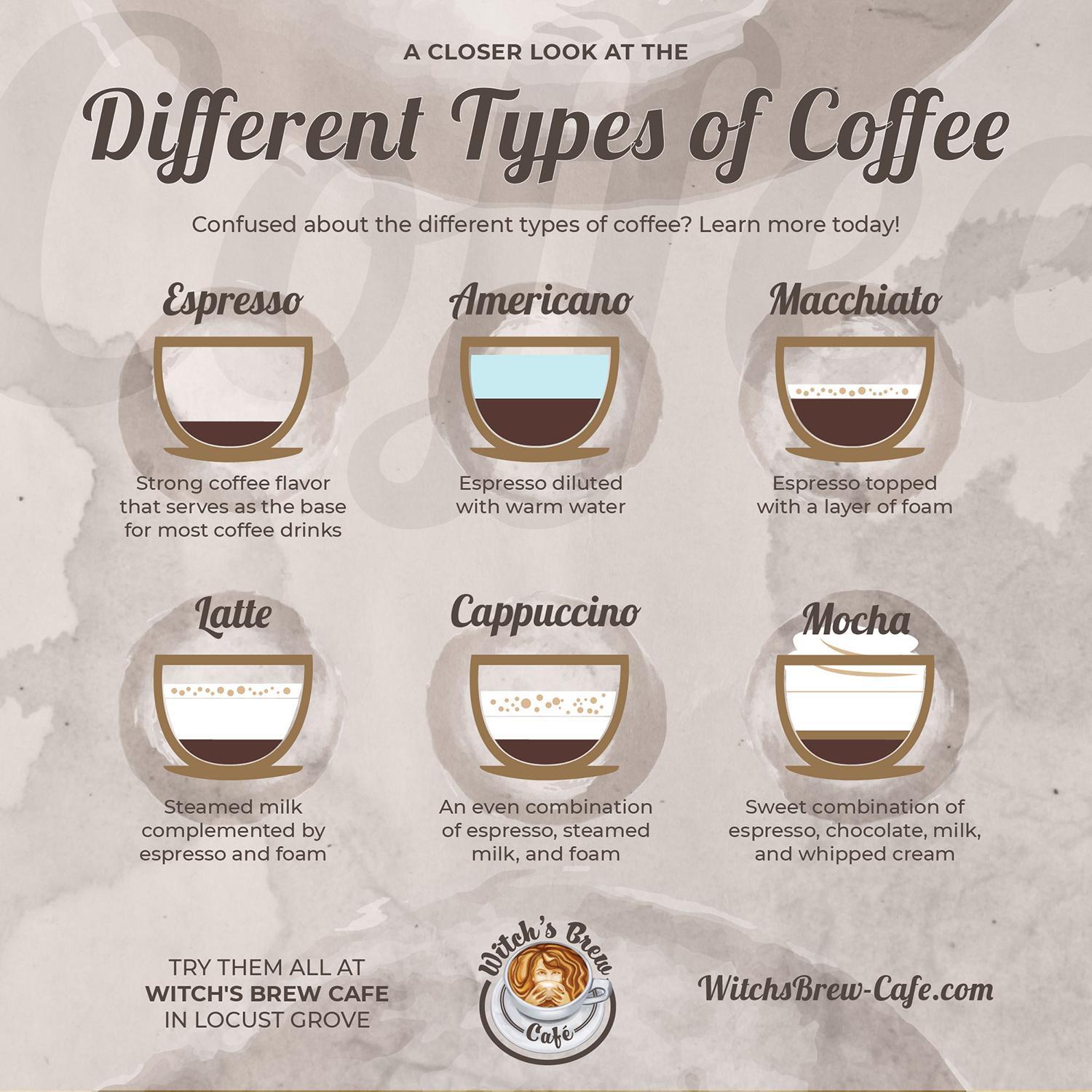As a coffee lover, I often find myself pondering, "What exactly makes coffee and espresso different?" Despite originating from the same beans, these two drinks have unique flavors, textures, and caffeine profiles. Through my exploration, I discovered that the distinctions come down to how they’re prepared, brewed, and ultimately enjoyed. Uncover the advanced capabilities of the Philips 5500 LatteGo review
Both coffee and espresso come from either Arabica or Robusta beans and are prepared by brewing ground beans with water. Yet, what really sets them apart lies in the brewing method, grind size, flavor intensity, and caffeine concentration. Appreciating these subtleties can enhance your enjoyment of both drinks, whether you prefer a leisurely cup of coffee or a bold shot of espresso. Get a closer look at the features of the Philips 5400 LatteGo review
Brewing Techniques: The Fundamental Difference
The main distinction between coffee and espresso is in the brewing technique, which greatly affects taste, texture, and caffeine levels. Explore our top picks in the Best Automatic Espresso Machine review
Regular coffee is usually made using methods like drip brewers, pour-over setups, or French presses. In these processes, hot water passes through coarser grounds slowly, over several minutes. This method extracts a mellow and balanced flavor that is familiar to many. Find the perfect machine to beat the heat in the Best Iced Coffee Maker review
Espresso, on the other hand, is brewed by forcing near-boiling water through finely-ground beans under about 9 bars of pressure. This high-pressure extraction takes just 25-30 seconds, resulting in a concentrated shot of coffee with an intense, rich flavor. The pressure also forms a golden layer of crema on top, a defining feature of espresso. Dive into the best options for making lattes in the Best Latte Maker review
To sum it up, regular coffee is akin to a long, relaxing bath, while espresso is more like a quick, powerful shower.

Grind Size and Bean Preparation
Grind size is crucial for distinguishing between coffee and espresso. Regular coffee calls for coarser grounds to complement the slower brewing process, which ensures a balanced extraction and prevents bitterness.
Espresso, however, requires a fine grind to extract the full depth of flavor within a short brewing time. This finer grind results in a bold and concentrated shot of espresso with an intense body.
I remember trying to make espresso with a regular coffee grind at home—it turned out thin and weak, which taught me just how critical the grind size is for achieving the right consistency and flavor.
Flavor Profiles: Smooth vs. Bold
One of the things I love about coffee is its versatility in flavor. A pour-over brew can bring out delicate floral notes, while a French press will highlight deeper, earthy undertones. Regular coffee is generally smooth and mellow, with a balanced flavor profile due to its longer extraction time.
Espresso, by contrast, delivers a powerful flavor experience. With its fine grind and pressurized brewing, espresso has a robust taste and a thicker texture. It’s more concentrated, often presenting richer notes of chocolate, nuts, or even fruity undertones depending on the beans.
When I’m looking for a drink to savor slowly, I choose regular coffee. But when I want a quick burst of rich flavor, I turn to espresso.
Caffeine Content: A Matter of Quantity
Given its intense flavor, you might think espresso contains more caffeine—but the answer is a bit more nuanced.
Espresso does have more caffeine per ounce, with a typical 1-ounce shot containing about 63 milligrams. In comparison, an 8-ounce cup of drip coffee averages around 95 milligrams of caffeine. Because espresso is served in smaller portions, an entire cup of coffee will provide more caffeine overall compared to a single shot of espresso.
If I need a longer-lasting caffeine boost, I opt for a full cup of coffee. But for a quick pick-me-up in the afternoon, a shot of espresso is ideal.
The Crema: A Unique Aspect of Espresso
One of espresso's defining characteristics is the crema—the golden-brown foam that sits atop a freshly-pulled shot. Crema is produced when hot pressurized water emulsifies the coffee’s natural oils, adding a unique texture and depth to the drink.
Regular coffee doesn’t have crema, as its brewing methods lack the high pressure required. Personally, I love the appearance of crema—it signals quality and enhances the overall sensory experience of drinking espresso.
Versatility in Beverages
Both coffee and espresso can be enjoyed on their own, but espresso is far more versatile when it comes to other drinks. While coffee is generally served black or with milk, it doesn’t often form the base for other beverages.
Espresso, however, serves as the starting point for many popular drinks like lattes, cappuccinos, macchiatos, and Americanos. Its rich, concentrated flavor pairs beautifully with steamed milk, foam, or just hot water, giving it a wide range of uses. I enjoy experimenting with different espresso-based drinks at home, adding a personal twist to classic recipes.

Conclusion: Coffee or Espresso?
While coffee and espresso originate from the same beans, their distinct brewing techniques, grind sizes, and flavor profiles make them two unique experiences. Coffee’s slower brewing process results in a mellow, smooth drink perfect for leisurely mornings, while espresso's quick, pressurized extraction delivers an intense, rich shot of flavor, ideal for an energy boost or as a base for creative beverages.
Ultimately, whether you choose coffee or espresso depends on your mood and what you’re craving. For a light, easy-going drink, regular coffee is the way to go. But if you want a concentrated, robust experience, espresso won’t disappoint. I love switching between the two, allowing my mood to guide my choice. Understanding these differences has enriched my daily coffee ritual, and I look forward to exploring both even further!
